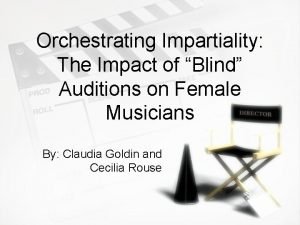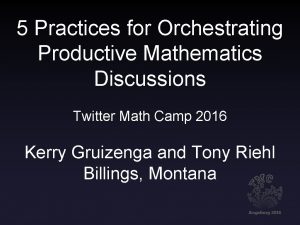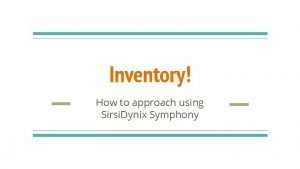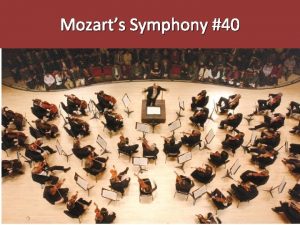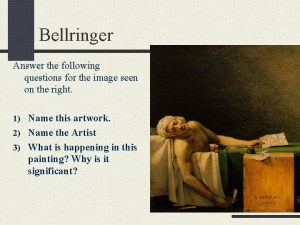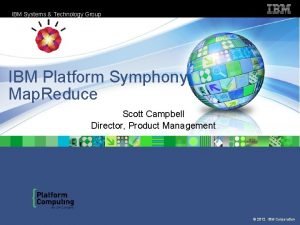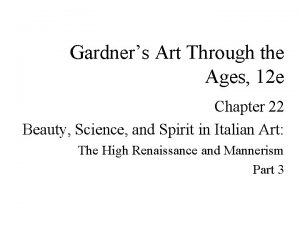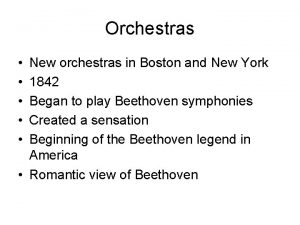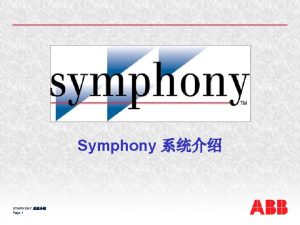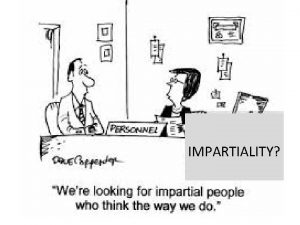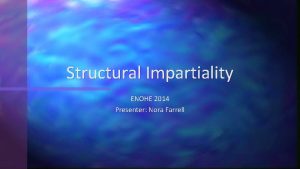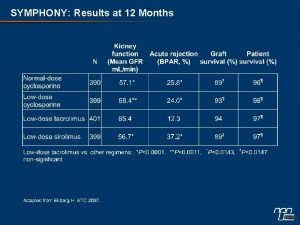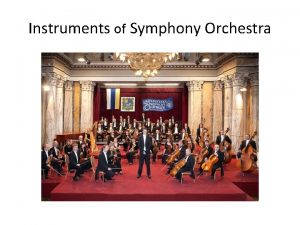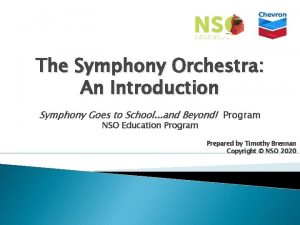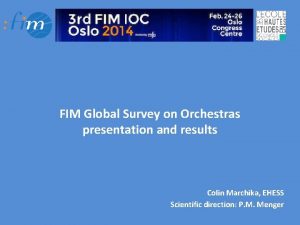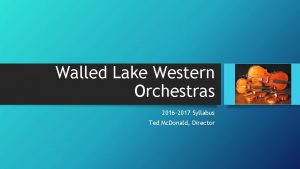Orchestrating Impartiality Major Symphony Orchestras in the US


















- Slides: 18

Orchestrating Impartiality Major Symphony Orchestras in the US 1. Employ highly paid musicians who normally enjoy a form of tenure 2. Little year-to-year turnover in orchestra composition; on average four members are hired per year 3. Auditions for new positions are highly competitive, in many cases drawing candidates from around the world

Orchestrating Impartiality • Up to the 1970’s auditions to join orchestra were relatively informal • Candidate musicians were invited to perform in front of the orchestra conductor and the sector principal who decided whom to hire

Orchestrating Impartiality • Beginning in the 1970’s audition practices democratized • Position openings were advertised in trade papers • Audition committees, made up of many members of the orchestra, were created • In this same period, the proportion of major orchestras that were women began to increase



Orchestrating Impartiality • One of the innovations orchestras began to practice was blind auditions • Auditioning musicians were not seen by those evaluating them • Discrimination on any basis other than musical ability would be difficult

Orchestrating Impartiality • Paper discusses anecdotes suggesting the low rate of participation of women in orchestras in prior years reflected gender discrimination • Conjectures blind auditioning may have countered gender discrimination and led to more women in orchestras • Paper tests for the relationship between blind auditioning and probability of females succeeding in auditions

Orchestrating Impartiality • There is variation in the timing of the adoption of blind auditions by orchestras • Paper uses this variation to identify effect of blind audition on female success in hiring


Orchestrating Impartiality • Identifying the effect of blind auditioning is complicated by the fact that other changes took place over time – Social attitudes regarding women have been evolving – The number of women auditioning for positions increased over time • The more meritocratic orchestras that were hiring more women anyway may have been the early adopters of blind auditioning

Relative female success equals the proportion of women that advanced minus the proportion of men advanced

Orchestrating Impartiality • The switch to a more merit based auditioning may have been associated with an increase in number of female auditioners • This could have lowered average quality of female candidates • Paper has data on individuals who auditioned for multiple orchestras, both blind and nonblind


Orchestrating Impartiality • Regression model – The unit of observation is the individual subscripted by i, who auditions for orchestra j, in round r, in year t. Pijtr =f(Xit, Fi, Bjtr, Zjtr) Pijtr is the probability the auditioning musician advances Fi indicates the individual’s sex Bjtr indicates whether the audition was blind Xit represents individual characteristics Zjtr represents characteristics of the orchestra

Orchestrating Impartiality • The dependent variable equals 1 if the candidate musician advances to the next round, 0 if not • Ordinary least squares (OLS) is used to estimate the probability of advancing • Many of the candidates are observed in more than one audition, both blind and not blind • A dummy variable for each auditioner is used to control for candidate quality

• An interaction term is used to identify the effect blind auditioning has on the probability of women advancing • ∆Pijtr=b 1·blind + b 2·(blind × female)+…… • where blind=1 if the audition was blind, 0 otherwise; female=1 if candidate is female, 0 otherwise • The effect of a blind audition on the probability a person is hired: • ∆Pijtr|blind=1 equals b 1 + b 2 if female • ∆Pijtr|blind=1 equals b 1 if male


• What primary hypothesis is the paper attempting to test? • Is the empirical evidence consistent with the authors’ initial hypothesis? • Are the most important results statistically significant across specifications? • What information does the regression provide that’s not provided by the summary statistics in table 5? • Why do the authors use an interaction term to test their most important idea? • Can you think of an alternative statistical model to test the idea?
 Blind orchestra auditions study
Blind orchestra auditions study 5 practices for orchestrating productive math discussions
5 practices for orchestrating productive math discussions Program symphony
Program symphony Symphony inventory management
Symphony inventory management What are the dates for the classical time period?
What are the dates for the classical time period? Symphony iot
Symphony iot Mozart symphony 40 instruments
Mozart symphony 40 instruments Symphony of whales comprehension questions
Symphony of whales comprehension questions Symphony characteristics
Symphony characteristics Symphony in slang
Symphony in slang Animation
Animation Controlled variable science
Controlled variable science Ibm symphony grid
Ibm symphony grid Titian meeting of bacchus and ariadne
Titian meeting of bacchus and ariadne Beethoven symphony 5 rok
Beethoven symphony 5 rok Color symphony experiment
Color symphony experiment A symphony of whales read aloud
A symphony of whales read aloud Lời thề hippocrates
Lời thề hippocrates Vẽ hình chiếu đứng bằng cạnh của vật thể
Vẽ hình chiếu đứng bằng cạnh của vật thể
